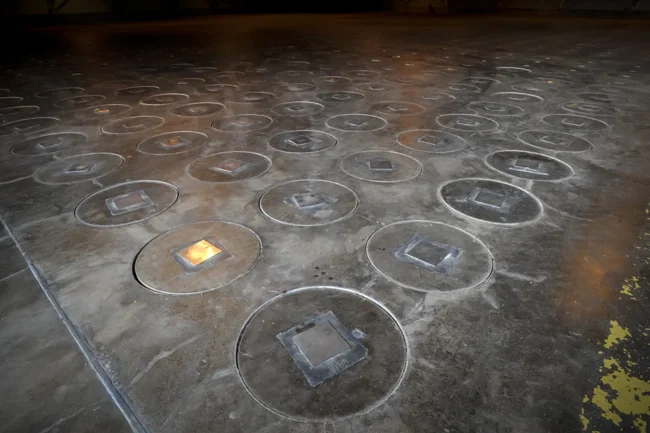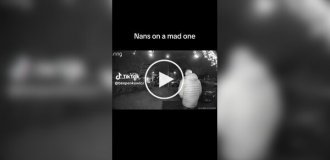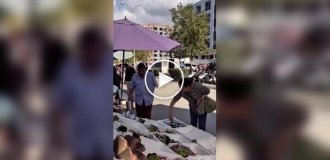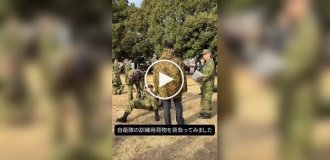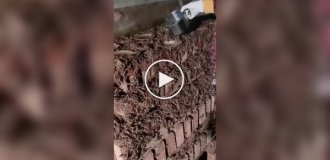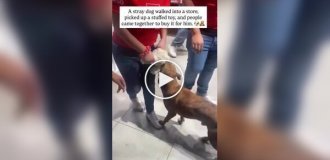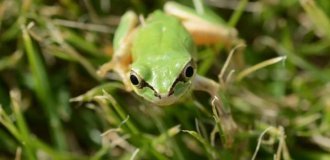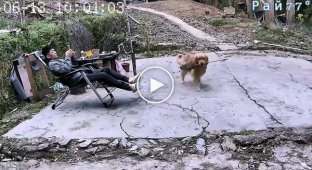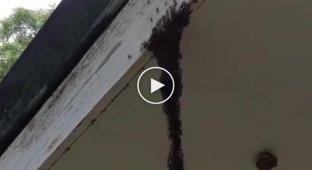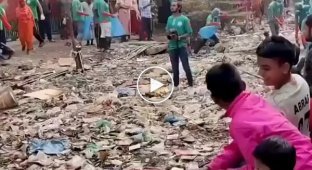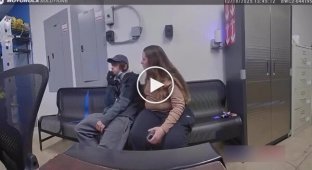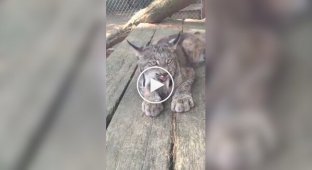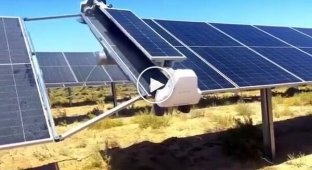A radioactive wasp nest was discovered in the USA at a site where nuclear bombs were once produced (3 photos)
A wasp nest has been discovered at a former plant that once made key parts for nuclear bombs, raising concerns about the possibility of radioactive wasps coming into contact with humans. 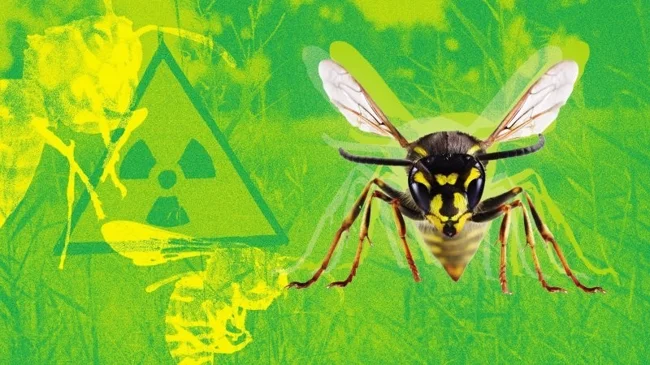
Workers at the Savannah River Site (SRS) discovered the nest on a pole near liquid nuclear waste tanks during a routine radiation check, according to the U.S. Department of Energy.
A test of the nest by the radiological monitoring team showed it was producing 100,000 disintegrations per minute per 100 square meters. cm of beta and gamma radiation, more than 10 times the legal limit. 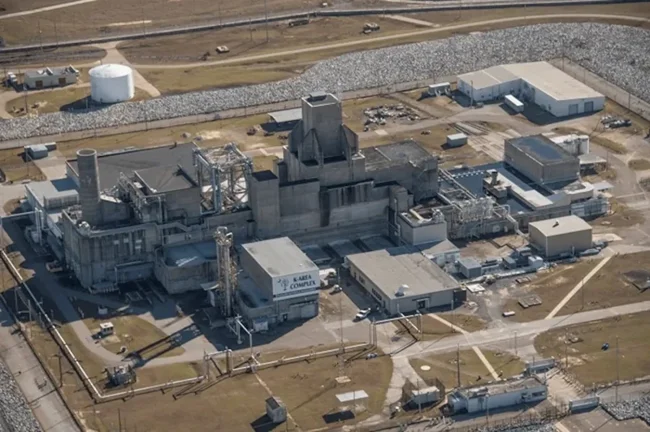
It is noted that there was no contamination of the ground or areas near the nest and work at the facility, located near Aiken, South Carolina, was not disrupted. Workers treated the nest with insecticide, removed it, and disposed of it as radioactive waste. No wasps were found, officials said. The report states that the wasp nest is considered legacy radioactive contamination at the facility, not related to a loss of contamination control, and that no further action is required at the site. There is no threat to workers or the public.
But the Savannah River Site Watch group said the report was incomplete at best because it didn't say where the contamination came from, how the wasps might have encountered it, or whether there was a chance there could be another radioactive nest if a leak occurred.
The site where the wasp nest was discovered opened in the early 1950s to make plutonium cores needed to make nuclear bombs. The site has since been repurposed to make fuel for nuclear power plants and clean up the environment. 